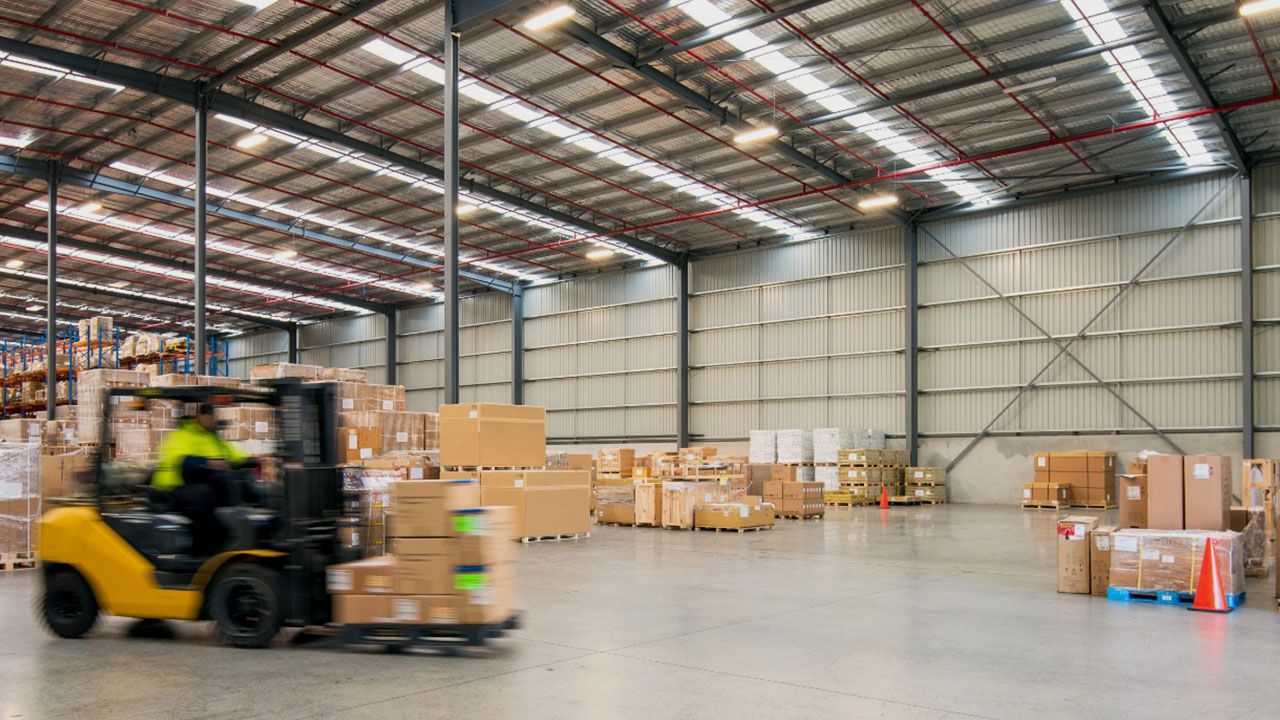Warehouses are an essential part of many businesses, serving as a storage and distribution centre for goods and materials. They are also a workplace for many employees, who spend a significant amount of time handling heavy equipment and materials. As such, it is crucial to prioritize safety in warehouses to prevent accidents, injuries, and damage to goods.
One of the main hazards present in warehouses is slips, trips, and falls. This can occur due to wet or slippery floors, uneven surfaces, or cluttered walkways. To prevent this, it is important to ensure that floors are kept clean and dry, and that walkways are free of obstructions.
Another hazard in warehouses is heavy equipment accidents. Employees working with heavy equipment such as forklifts or pallet jacks are at risk of accidents if they are not properly trained or if the equipment is not properly maintained. To prevent these accidents, it is important to provide employees with the necessary training and to regularly maintain equipment to ensure that it is functioning properly.
Fire Hazards
Fire hazards are also a concern in warehouses, which are often filled with flammable materials. To reduce the risk of fire, it is important to maintain electrical systems, store flammable materials properly, and have adequate fire suppression systems in place.
Chemical Hazards
Chemical hazards are also present in warehouses, where hazardous chemicals such as cleaning agents or pesticides may be stored. To prevent accidents, it is important to store these chemicals in a designated area and label them properly to make employees aware of the risks associated with them.
Physical Hazards
Physical hazards, such as falling objects, sharp edges, or exposed electrical wiring, are also present in warehouses. To prevent accidents, it is important to properly store materials and equipment and to ensure that walkways are free of obstructions.
Ensuring Safety
To ensure the safety of employees and goods in a warehouse, it is important to implement safety measures such as employee training, proper equipment maintenance, adequate lighting, proper storage of hazardous materials, and emergency evacuation plans. By doing so, the risk of accidents and injuries is reduced, leading to a safer work environment for employees.
Additionally, implementing safety measures in a warehouse has several benefits, including improved employee morale, a better reputation for the company, compliance with regulatory requirements, and increased productivity and efficiency.
In conclusion, the importance of safety in warehouses cannot be overstated. By prioritizing safety, companies can create a safer work environment for employees, prevent accidents and injuries, and ensure the protection of goods and materials.






